Battery operated cuckoo clocks combine traditional charm with modern convenience, using quartz movements and requiring minimal maintenance. They run on batteries like C or AA, offering precise timekeeping, enchanting chimes, and adjustable volume. Perfect for any home, these clocks blend functionality with iconic design, ensuring reliable performance without the need for winding. Their ease of setup and energy efficiency make them a popular choice for enthusiasts of both classic and contemporary timepieces.
1.1 Overview of Battery Operated Cuckoo Clocks
Battery operated cuckoo clocks are a modern twist on the classic timekeeping tradition, combining charming designs with convenient functionality. These clocks use quartz movements powered by batteries, eliminating the need for winding. They often feature iconic cuckoo sounds, adjustable volume, and precise timekeeping. Available in various styles, from traditional to contemporary, they cater to diverse home decor preferences. The clocks typically require 2-3 batteries, depending on the model, ensuring long-lasting performance. Easy to set up and maintain, these clocks are ideal for those who appreciate both nostalgic appeal and modern practicality. Their energy efficiency and low maintenance make them a popular choice for everyday use.
1.2 Benefits of Using Battery Operated Cuckoo Clocks
Battery operated cuckoo clocks offer numerous advantages, making them a practical and charming addition to any home. They eliminate the need for winding, ensuring consistent timekeeping without manual effort. Their quartz movements provide accuracy and reliability, while the battery power allows for easy setup and minimal maintenance. These clocks are energy-efficient, with long battery life reducing the frequency of replacements. Additionally, they often feature adjustable volume controls, catering to different preferences, and some models include special features like automatic chime adjustments. Their low-maintenance design and versatility in style make them ideal for both traditional and modern settings, appealing to a wide range of users seeking a hassle-free yet nostalgic timepiece.

Design and Components of Battery Operated Cuckoo Clocks
Battery operated cuckoo clocks blend traditional and modern designs, featuring quartz movements, battery holders, pendulums, and chime modules. Crafted from materials like PVC or wood, they offer durability and style, combining functionality with nostalgic charm for any home decor.
2.1 Traditional vs. Modern Battery Operated Cuckoo Clocks
Traditional battery operated cuckoo clocks often feature intricate wooden carvings, mechanical movements, and classic designs, evoking a nostalgic charm. They typically require manual adjustments, such as winding the hands or setting the time via a knob. In contrast, modern versions boast sleek, minimalist designs, incorporating digital quartz movements for accuracy and ease of use. Modern clocks frequently include additional features like volume control, automatic night silence, and lightweight materials for convenience. While traditional models emphasize craftsmanship and heritage, modern designs focus on functionality and contemporary aesthetics, catering to diverse preferences and lifestyles.
2.2 Key Components of a Battery Operated Cuckoo Clock
A battery operated cuckoo clock consists of several essential components that ensure its proper functioning. The primary elements include the clock movement, which is typically a quartz mechanism powered by batteries, ensuring accurate timekeeping. The cuckoo sound mechanism, often digital or mechanical, produces the iconic chime. The clock face and hands are crucial for displaying the time, while the pendulum, though sometimes decorative, adds to the traditional aesthetic. Additionally, the casing and materials, such as wood or plastic, contribute to the clock’s durability and style. Modern versions may also include features like volume control, night silence, and special chimes, enhancing user experience and functionality.
2.3 Materials and Build Quality
Battery operated cuckoo clocks are crafted from a variety of materials, including high-quality woods like oak or maple, offering a traditional aesthetic, while others feature durable plastics or metal alloys for a modern look. The build quality often reflects the clock’s price range, with premium models boasting intricate carvings and sturdy construction. The materials used ensure longevity and resistance to wear, while finishes like varnish or paint enhance their visual appeal. Additionally, the internal mechanisms are designed for reliability, with components such as quartz movements ensuring accurate timekeeping. The overall craftsmanship and choice of materials contribute to the clock’s functionality, durability, and visual charm, making it a timeless addition to any home decor;

Installation and Setup Instructions
Open the back panel, insert the required batteries, and ensure proper terminal alignment. Turn the hands clockwise to set the time accurately. Hang the clock securely on a sturdy wall, ensuring it is level for optimal performance. Follow the manufacturer’s instructions carefully to avoid any setup errors and ensure smooth operation of the cuckoo clock.
3.1 Preparing the Clock for First Use
Before using your battery operated cuckoo clock, carefully unpack it and inspect for any damage. Gently remove any protective packaging materials, ensuring no parts are loose or broken. Clean the clock with a soft cloth to remove dust or fingerprints. Open the back panel to access the battery compartment, but do not insert batteries yet. Check for any additional components, such as pendulums or chime controllers, and ensure they are securely attached. Familiarize yourself with the clock’s features by reviewing the instruction manual. Make sure all hands and mechanisms are aligned properly before proceeding with battery installation. This preparation ensures the clock functions correctly and avoids potential issues during setup.
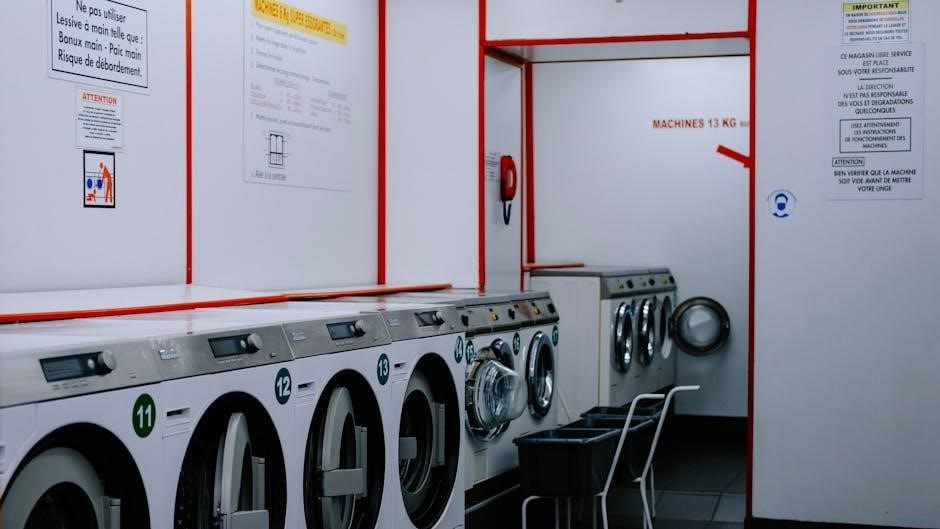
3.2 Choosing the Right Batteries
Selecting the correct batteries for your cuckoo clock is essential for proper functionality. Most battery operated cuckoo clocks require specific types, such as C or AA batteries, depending on the model. Refer to the user manual for exact specifications, as some clocks may need 3C batteries for full operation. Ensure the batteries are fresh and of high quality to prevent power fluctuations. Always check the polarity indicators (+ and -) on the battery holder to avoid incorrect installation. Alkaline batteries are recommended for longer lifespan and reliable performance. Avoid mixing old and new batteries, as this can cause inconsistent power supply. Proper battery selection ensures your clock runs smoothly, maintaining accurate timekeeping and optimal sound quality. Dispose of old batteries safely following local guidelines to protect the environment.
3.3 Inserting the Batteries
To insert the batteries in your battery operated cuckoo clock, start by opening the back panel. Locate the battery compartment, usually found at the back or bottom of the clock. Open the compartment door or slide it off, depending on the design. Carefully remove any plastic or protective covering from the battery terminals to ensure proper contact. Insert the recommended number and type of batteries, paying close attention to the polarity indicators (+ and -) to avoid incorrect installation. Gently push each battery into its slot until it clicks securely into place. Once all batteries are inserted, close the compartment door or slide it back on. Ensure it is tightly closed to prevent any loose connections. Finally, test the clock by setting the time and activating the cuckoo sound to confirm it is working properly. If the clock does not function, check the battery connections or try replacing the batteries with new ones.
3.4 Hanging the Clock on the Wall
To hang your battery operated cuckoo clock, choose a sturdy wall location with good visibility. Ensure the wall is level and can support the clock’s weight. Remove the batteries to prevent accidental activation during installation. Locate the hanging hook or loop on the back of the clock and measure its distance from the top. Drill a screw or nail into the wall at the measured height, ensuring it is secure. Hang the clock carefully, adjusting it slightly to ensure it is straight. Use a spirit level tool if available for precision. Test the clock by gently tugging on it to confirm stability. Once hung, reinsert the batteries and set the time. Avoid hanging near direct sunlight or moisture to preserve the clock’s condition. If unsure, consult a professional for assistance.

Operating Instructions
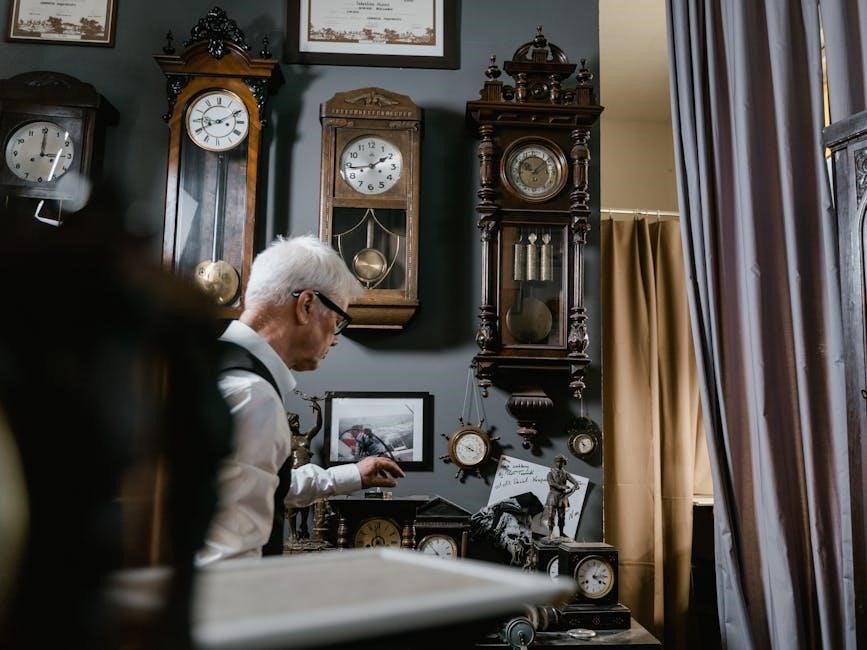
Set the time by moving the minute hand clockwise, activate the cuckoo sound, and adjust the volume as desired. Ensure smooth operation by following these simple steps.
4.1 Setting the Time
To set the time on your battery operated cuckoo clock, start by inserting the required batteries into the compartment on the back panel. Ensure they are securely seated and properly aligned with the terminals. Next, locate the time-setting dial or knob, usually found on the back or side of the clock. Turn this dial clockwise to advance the time. Some clocks may require moving the minute hand directly, but be cautious not to force it beyond its natural movement. Once the time is set, hang the clock on a straight wall to ensure accurate timekeeping. Avoid touching the clock hands after setting, as this can disrupt the mechanism. Finally, allow the clock to operate and check its accuracy over a short period.
4.2 Activating and Adjusting the Cuckoo Sound
To activate the cuckoo sound, ensure the battery is properly inserted and the clock is functioning. Locate the sound switch, typically found on the back or side of the clock, and move it to the “on” position. For volume adjustment, find the control knob or slider, usually near the sound mechanism, and adjust it to your desired level. Some models allow silent operation during specific hours, activated by sliding a “silent mode” switch. To synchronize the cuckoo sound with the correct time, gently move the minute hand to align it with the current hour. Test the sound by manually triggering it if your clock features this option. Always refer to your specific model’s instructions for precise adjustments.
4.3 Setting the Volume Control
Adjusting the volume on your battery operated cuckoo clock is straightforward. Locate the volume control knob or slider, typically found on the back or side of the clock. Turn the knob clockwise to increase the volume or counterclockwise to decrease it. Some models feature preset volume levels, while others allow fine-tuning. For silent operation, move the control to the “off” or “silent” position, often marked with a mute icon. Test the volume by triggering the cuckoo sound manually to ensure it matches your preference. Always refer to your clock’s specific instructions for precise volume adjustment options. Proper volume setting ensures an enjoyable experience without disturbances.
4.4 Understanding Special Features
Battery operated cuckoo clocks often come with unique features that enhance their functionality and charm. Many models include automatic shut-off sensors, which silence the cuckoo sound at night or during preset quiet hours. Some clocks feature adjustable chimes, allowing you to choose between traditional cuckoo sounds or melodious tunes. Light sensors are common, automatically turning off lights to conserve battery life. Additionally, certain clocks offer customizable settings, such as volume control or time zone adjustments. Special features like these make battery operated cuckoo clocks versatile and tailored to individual preferences. Always explore your clock’s specific features to maximize its performance and enjoyment. These innovations blend tradition with modern convenience, ensuring a delightful experience for all users.
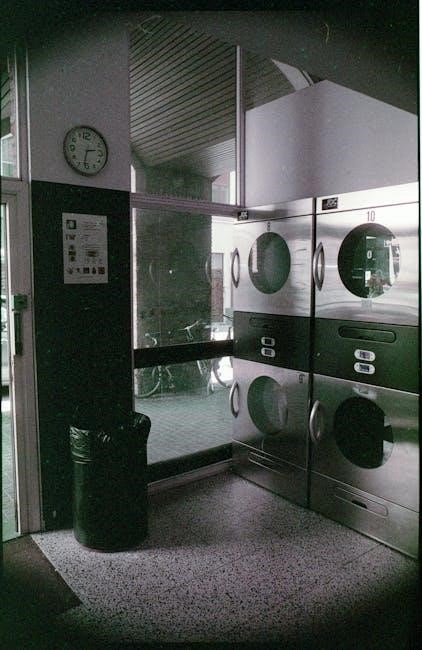
Troubleshooting Common Issues
- If the clock stops working, check the batteries for proper installation and ensure they are not drained.
- Inconsistent timekeeping may require resetting the clock or replacing the batteries.
- If the cuckoo sound isn’t working, verify volume settings and ensure no obstructions block the speaker.
- For persistent issues, consult the user manual or contact the manufacturer for assistance.
5.1 Clock Not Working After Battery Insertion
If your battery operated cuckoo clock isn’t working after inserting the batteries, start by verifying the battery type and size. Ensure you’re using the recommended batteries, such as 3 x C or AA, as specified in the manual. Check the polarity of each battery to confirm they’re inserted correctly. If the clock still doesn’t function, try resetting it by removing the batteries, waiting a few minutes, and reinserting them. Some clocks may require a reset key to be pressed after battery replacement. Consult the user manual for specific instructions. If the issue persists, the clock may need professional servicing or replacement parts. Always ensure the batteries are fresh and fully seated in their compartments.
5.2 Inconsistent Timekeeping
If your cuckoo clock is experiencing inconsistent timekeeping, it may be due to improper setup or battery issues. Ensure the time was set correctly by moving the minute hand clockwise to the desired time and verifying the hour hand aligns properly. Weak or old batteries can cause erratic behavior, so replace them with fresh ones of the recommended type. Check for any mechanical obstructions, such as dust or dirt in the movement, which may affect accuracy. If the clock is not level on the wall, this could also disrupt timekeeping. Refer to the user manual for specific calibration instructions. If issues persist, consider consulting a professional clock technician or contacting the manufacturer for support.
5.3 Cuckoo Sound Not Functioning
If the cuckoo sound is not working, ensure the clock is properly set up and the sound feature is activated. Check the volume control to confirm it is not muted or set to the lowest level. Verify that fresh, correctly sized batteries are installed, as weak batteries can prevent the sound from playing. Ensure the clock’s hands are set correctly, as some models require the time to be accurately set for the cuckoo sound to function. If the issue persists, consult the user manual for specific instructions on enabling the chime feature. In some cases, debris or mechanical obstructions may prevent the sound from activating, so gently cleaning the internal mechanisms may resolve the issue. If problems continue, contact the manufacturer or a professional for assistance.
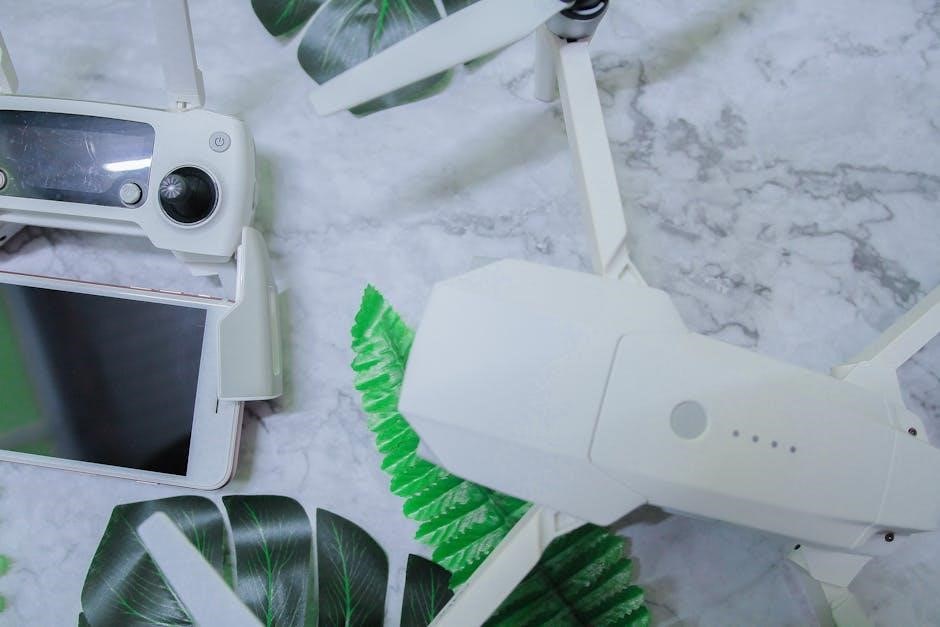
Maintenance and Care
Regularly clean the clock with a soft cloth to maintain appearance. Store it in a dry place when not in use to prevent damage. Handle batteries safely to avoid leakage or explosion, ensuring proper disposal.
6.1 Cleaning the Clock
Cleaning your battery operated cuckoo clock regularly helps maintain its appearance and functionality. Use a soft, dry cloth to wipe down the exterior, paying attention to intricate carvings or decorative elements. Avoid harsh chemicals or abrasive materials, as they may damage the finish. For glass or plastic components, a slightly damp cloth can be used, but ensure the clock is dry afterward to prevent moisture buildup. Gently remove dust from mechanical parts like the pendulum or hands using a small, dry brush. Handle the clock with care to avoid accidental damage. Regular cleaning prevents dust accumulation and ensures smooth operation. Always store the clock in a dry, cool place when not in use to protect its components and extend its lifespan. Additionally, inspect the battery compartment for corrosion and clean it with a dry cloth if necessary to maintain proper battery contact. By following these steps, you can keep your cuckoo clock in excellent condition and enjoy its charming chimes and precise timekeeping for years to come. Remember to clean the clock periodically to preserve its aesthetic appeal and ensure optimal performance. This simple maintenance routine will help your clock remain a delightful addition to your home decor. Regular upkeep also prevents potential issues related to dust or moisture, ensuring your clock continues to function seamlessly. Cleaning is an essential part of caring for your battery operated cuckoo clock, and with these tips, you can keep it looking and working like new.
6.2 Storing the Clock When Not in Use
Proper storage of your battery operated cuckoo clock ensures its longevity and functionality when you’re ready to use it again. Remove the batteries to prevent leakage or corrosion, which can damage the internal components. Store the clock in a cool, dry place away from direct sunlight and moisture. Use the original packaging if available, or wrap it in a soft cloth to protect against dust and scratches. Avoid stacking heavy items on top of the clock to prevent damage. If storing for an extended period, consider placing it in a protective case or box. Ensure the pendulum is secure to avoid movement during storage. By following these steps, you can safeguard your clock and maintain its condition for future use. Always handle the clock with care when storing it, and keep it out of reach of children or pets. Proper storage will help preserve your cuckoo clock’s intricate details and ensure it remains a beautiful and functional piece when you decide to display it again. Regularly check on stored items to ensure no environmental factors compromise the clock’s integrity. This careful approach will help maintain your clock’s quality and readiness for when it’s next brought into use. Storing your clock correctly is a simple yet effective way to protect your investment and enjoy it for years to come. By adhering to these guidelines, you can ensure your battery operated cuckoo clock remains in excellent condition during periods of inactivity. Always prioritize a clean, dry, and stable environment for storage to avoid any potential harm to the clock’s components. This attention to detail will help maintain the clock’s functionality and aesthetic appeal, ensuring it remains a cherished timepiece. Proper storage practices not only protect the clock but also contribute to its overall longevity and performance. By taking the time to store your clock correctly, you can enjoy its charming features and reliable operation whenever you choose to display it again. This simple yet effective method of storage will safeguard your clock and keep it in pristine condition for future generations to appreciate. Always remember to store your clock with care to preserve its beauty and functionality.

Safety Precautions
Handle batteries with care to avoid leakage or explosion. Keep the clock out of children’s reach and avoid touching internal components without proper protection. Store safely.
7.1 Battery Handling and Safety
When handling batteries, always ensure they are inserted correctly with the correct polarity to prevent damage or leakage. Avoid mixing old and new batteries, as this can reduce performance and cause safety issues. Store batteries in a cool, dry place away from metal objects to prevent accidental short-circuiting. If a battery leaks, dispose of it immediately and clean the compartment with a cloth. Never attempt to recharge non-rechargeable batteries, as this can lead to explosions. Always use the specified battery type for your cuckoo clock to ensure optimal performance and safety. Proper disposal is essential to protect the environment.
7.2 Disposing of Batteries
Proper disposal of batteries is crucial for environmental protection. Never dispose of batteries in regular trash, as they contain hazardous materials. Instead, place each battery in a clear plastic bag or cover the terminals with tape to prevent short circuits. Take them to designated household battery recycling centers. Avoid mixing different battery types, as this can cause reactions. Check local regulations for specific guidelines, as some communities have special collection events. Recycling ensures harmful materials are safely processed. Always follow these steps to help protect the environment and prevent potential hazards. Proper disposal is a responsible way to manage battery waste effectively and sustainably. Ensure batteries are handled correctly to minimize their environmental impact.

Battery operated cuckoo clocks are a delightful and practical addition to any home, blending tradition with modern convenience. They offer ease of use, low maintenance, and charming features like cuckoo sounds. By following proper setup, care, and safety guidelines, these clocks provide years of reliable service. Remember to dispose of batteries responsibly and choose high-quality replacements for optimal performance. With their unique appeal and energy efficiency, battery operated cuckoo clocks remain a timeless choice for those who appreciate both functionality and classic design. Enjoy the convenience and charm they bring to your daily life while ensuring their longevity through proper care and maintenance. These clocks truly combine the best of tradition and innovation for a delightful experience. Always prioritize environmental responsibility when handling batteries to ensure sustainability. Happy cuckoo clock ownership!



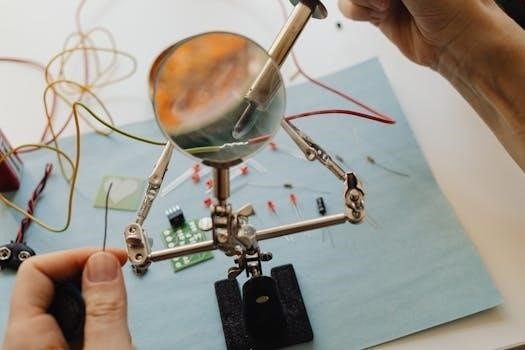
Leave a Reply
You must be logged in to post a comment.